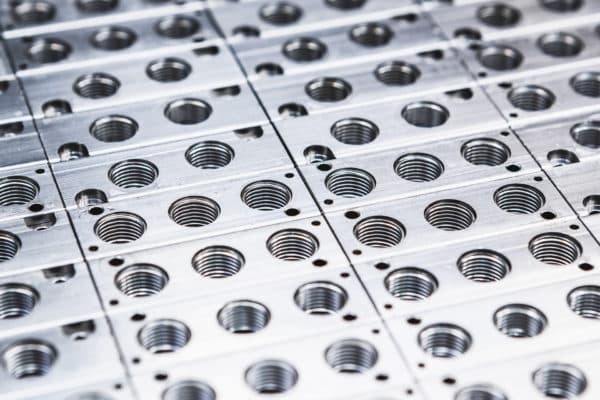NIPLATE® 500
High Phosphorus Electroless Nickel Plating
Niplate 500 is a high-phosphorus (10-13% in P) electroless nickel plating. Among electroless nickel platings, Niplate 500 offers the best chemical and corrosion resistance and should be chosen over the other Niplate coatings for food contact applications.
Thanks to its high phosphorus contents, the high-phosphorus electroless nickel plating alloy has an amorphous structure. This property imparts high chemical resistance in respect of highly aggressive agents such as oxidizing acids. The amorphous structure means that the alloy is non-ferromagnetic and thus not attracted by magnetic fields.
Hardening treatments transform the film structure from amorphous to microcrystalline. They increase film hardness up to 1000 HV, but they reduce chemical resistance slightly and make the layer ferromagnetic.
Niplate 500 features very low porosity, even with thin coatings. This allows effective corrosion protection of the substrate material, especially in the case of parts made of iron or aluminium alloys.

 Technical datasheet
Technical datasheet